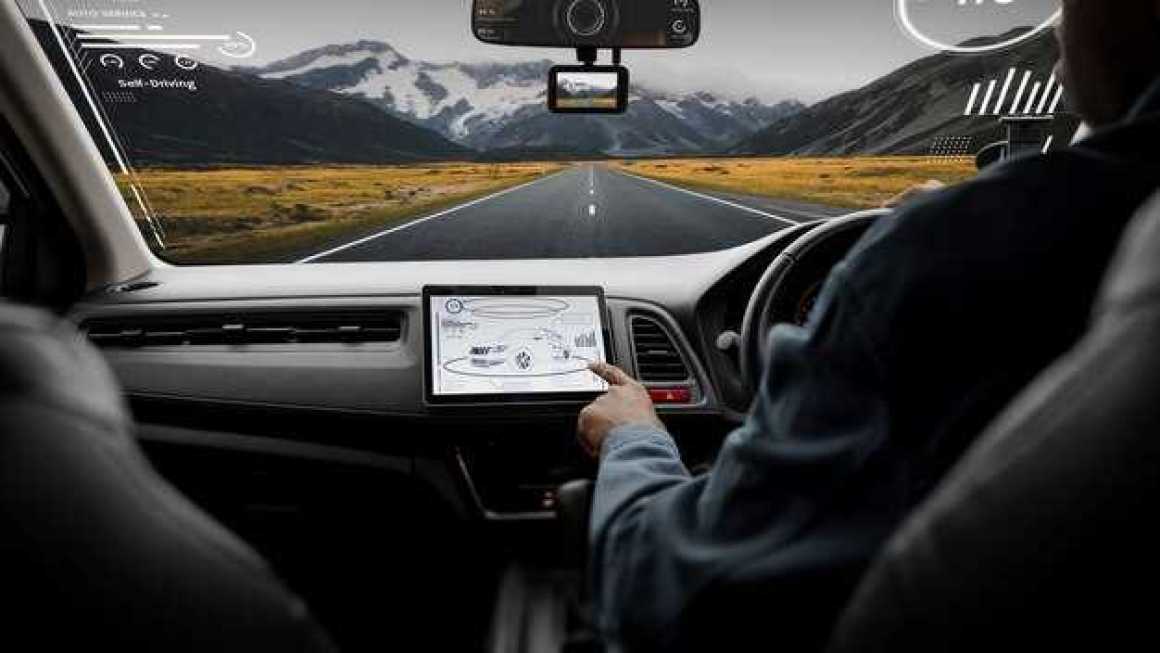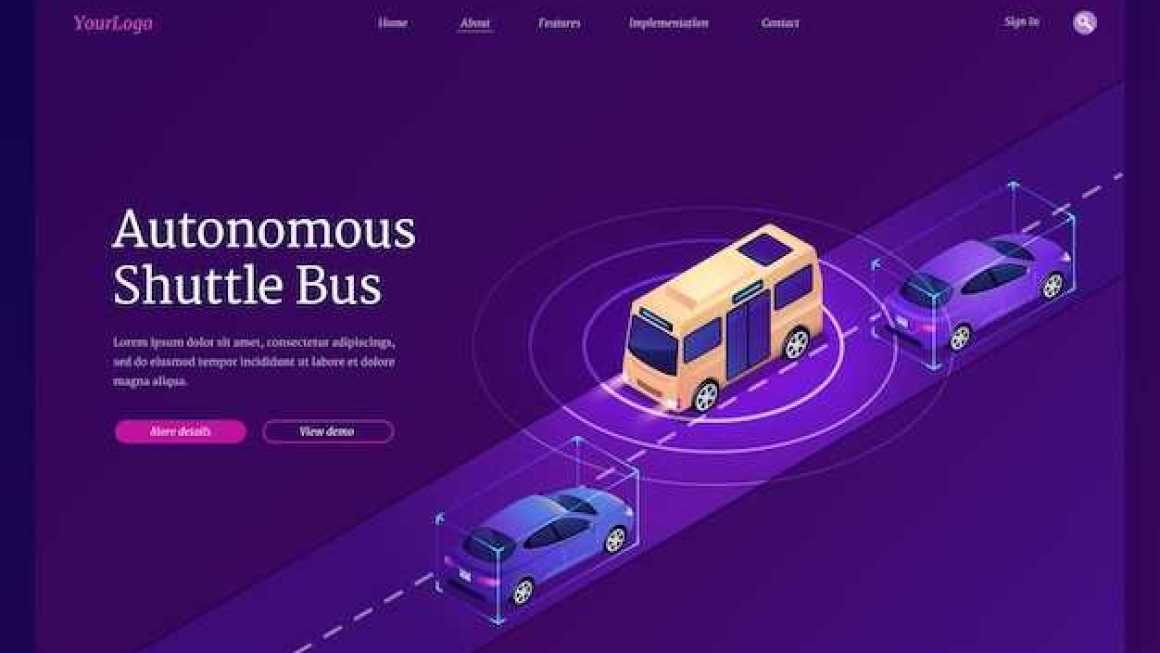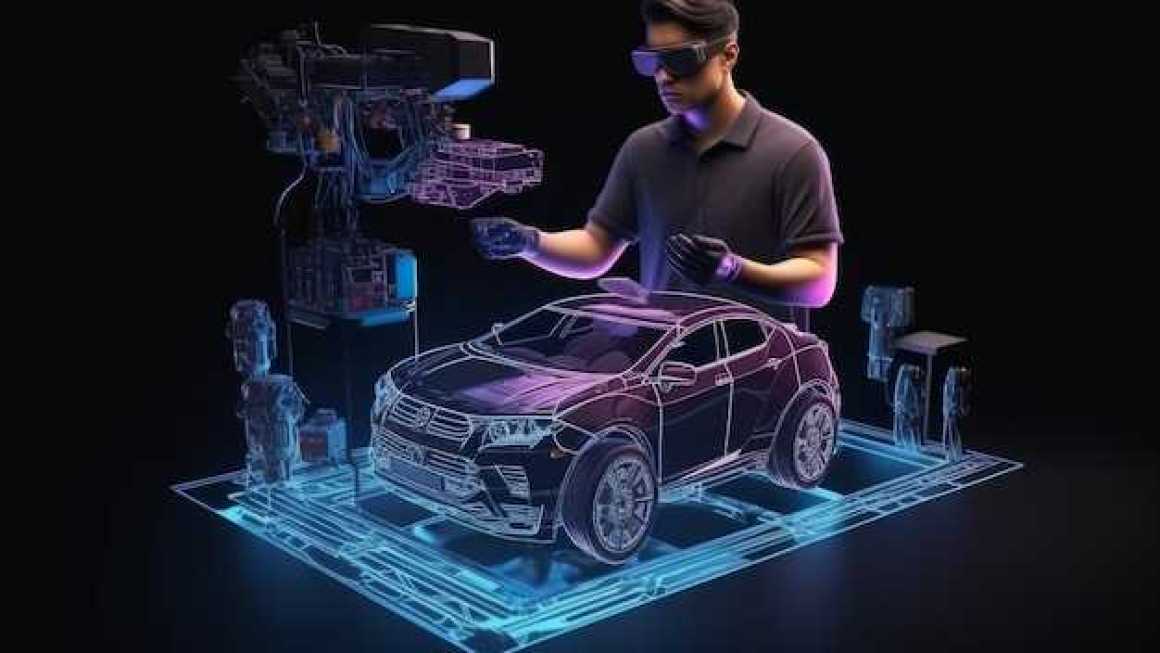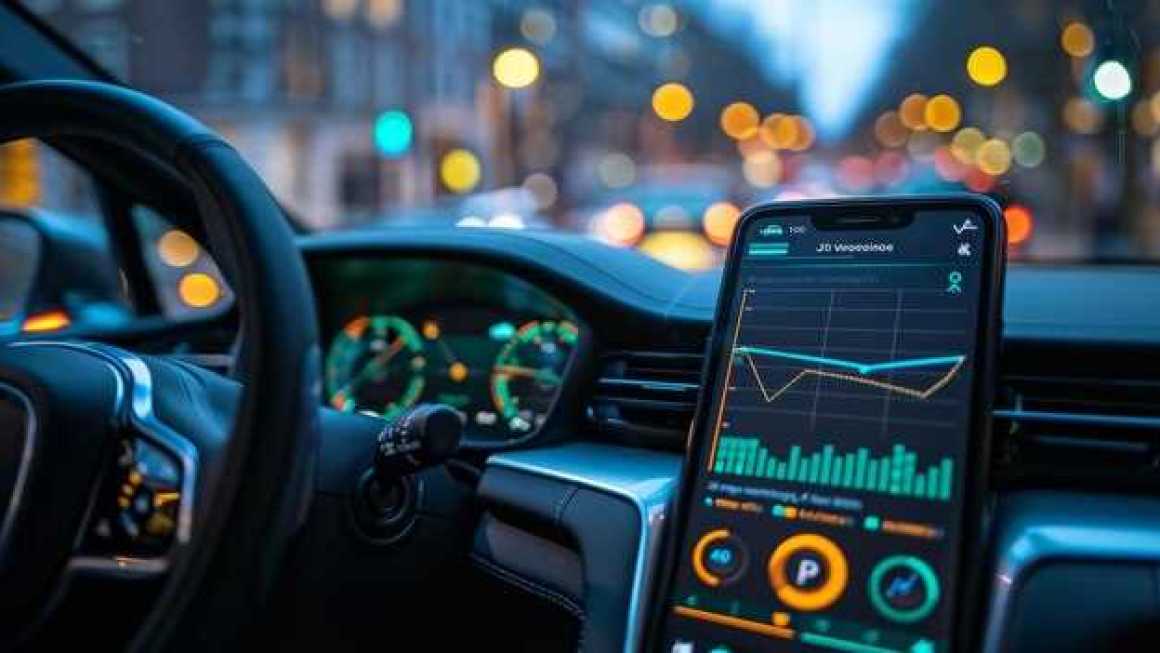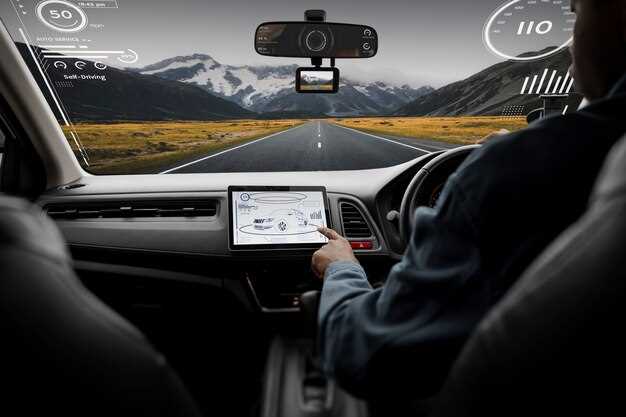
The automotive industry is on the cusp of a technological revolution, particularly in the realm of infotainment. As vehicles evolve into sophisticated digital platforms, the integration of advanced entertainment systems is becoming increasingly crucial. This shift presents both opportunities and challenges, prompting manufacturers to prioritize the user experience and seamless connectivity within their offerings.
In this fast-evolving landscape, we can anticipate a range of innovative developments that will redefine what drivers and passengers expect from infotainment systems. From enhanced personalization features to immersive augmented reality interfaces, the future promises a more engaging and interactive travel experience. Advances in artificial intelligence (AI) will play a pivotal role, enabling voice-activated controls and predictive analytics that cater to individual preferences.
Moreover, the integration of smart devices and the Internet of Things (IoT) will facilitate a level of connectivity that allows for real-time updates and content delivery, ensuring that entertainment options are always at the fingertips of users. As we delve into the specifics of upcoming technologies, it is clear that the focus will not only be on progress but also on enhancing safety and usability while driving.
Personalized User Experiences in Infotainment Systems
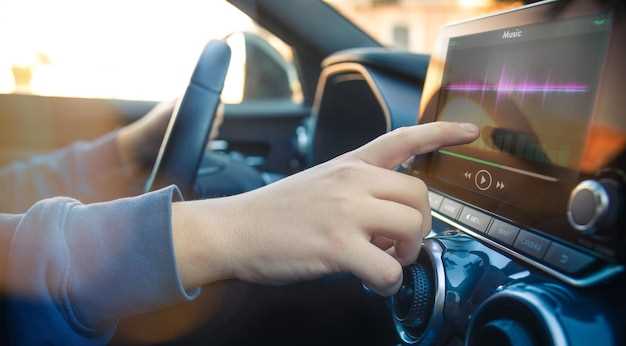
As in-car infotainment technologies evolve, personalized user experiences are becoming crucial for enhancing driver and passenger satisfaction. By leveraging data analytics and machine learning, modern infotainment systems can adapt to individual preferences, making each journey more enjoyable and efficient.
One of the key aspects of personalization in infotainment systems is the integration of user profiles. These profiles store preferences for music, navigation routes, and climate settings, allowing the system to automatically adjust to each driver’s liking as soon as they enter the car. This feature not only streamlines the driving experience but also minimizes distractions, allowing drivers to focus on the road.
Voice recognition technology plays a significant role in creating tailored interactions. By understanding and responding to natural language commands, infotainment systems can provide a seamless experience. Users can access their favorite playlists, get directions, or handle communication without taking their hands off the wheel or their eyes off the road.
Furthermore, geolocation data allows infotainment systems to suggest personalized content based on the driver’s current location. For instance, a system could recommend nearby restaurants or attractions based on user preferences and past behavior. This contextual awareness enhances the overall journey, making the infotainment system an indispensable travel companion.
Another innovative development is the application of adaptive learning algorithms. These algorithms monitor user behavior over time, gradually improving the system’s recommendations and interactions. This not only makes the experience more intuitive but also feels more engaging as the system begins to anticipate the user’s needs.
In addition to entertainment and navigation, personalized infotainment systems can significantly enhance safety. By incorporating alerts and reminders tailored to individual usage patterns, drivers are less likely to become distracted. For example, if a driver usually opts for specific driving routes that may have high traffic, the system can proactively suggest alternative paths or provide real-time traffic updates.
In conclusion, the future of in-car infotainment systems lies in their ability to deliver personalized user experiences. By harnessing data and advanced technologies, these systems can transform every ride into a customized experience that prioritizes comfort, safety, and entertainment.
Integration of Augmented Reality in Navigation and Entertainment

The integration of augmented reality (AR) into in-car infotainment systems is set to revolutionize the way drivers and passengers experience navigation and entertainment. By seamlessly overlaying digital information onto the real-world view, AR enhances situational awareness and creates an engaging atmosphere within the vehicle.
In navigation, AR provides real-time directional guidance directly in the driver’s line of sight. Advanced head-up displays (HUDs) project essential navigation cues onto the windshield, allowing for easier comprehension of routes without diverting attention from the road. Landmarks, points of interest, and turn-by-turn directions can be visually integrated with the actual terrain, making navigation more intuitive and safer.
For entertainment, AR has the potential to transform the passenger experience during trips. Imagine holographic displays of interactive games or virtual environments that respond to the car’s movement, making long journeys entertaining and immersive. Passengers can enjoy personalized content that adapts to their preferences, enhancing engagement and overall satisfaction.
Moreover, integrating AR in infotainment systems can facilitate social interactions. Passengers can share experiences or play collaborative games that utilize the car’s surroundings, further enriching the entertainment value of the journey.
As automotive technology evolves, the blend of augmented reality with infotainment will likely become a standard feature. This integration promises not only to enhance navigation accuracy and entertainment options but also to contribute to a safer and more enjoyable driving experience for everyone on board.
Enhanced Connectivity Solutions for Seamless Vehicle Interaction
The evolution of in-car infotainment technologies is significantly shaped by enhanced connectivity solutions that facilitate seamless vehicle interaction. Modern cars are becoming integrated hubs of entertainment and utility, allowing drivers and passengers to access a wide range of features effortlessly.
One of the key components in achieving this enhanced connectivity is the implementation of vehicle-to-everything (V2X) communication. This technology enables cars to communicate with each other as well as external networks. Such interaction not only improves safety by providing real-time information on traffic and road conditions but also boosts entertainment options by offering location-based services. Imagine receiving personalized entertainment recommendations according to your journey or the ability to stream your favorite shows while parked, all thanks to seamless connectivity.
Furthermore, the rise of 5G technology plays a pivotal role in elevating in-car entertainment experiences. High-speed data transfer means that streaming services can be accessed with minimal buffering, ensuring a consistent and enjoyable experience for passengers. This advancement allows users to enjoy high-definition content or even participate in interactive gaming without interruption.
In addition to wireless connectivity, smart integration systems, such as Apple CarPlay and Android Auto, have become standard features in many vehicles. These systems allow drivers to mirror their smartphones onto the vehicle’s dashboard, providing easy access to navigation, music, and communication apps, all while keeping eyes on the road. The intuitive interface enhances user experience and adds a layer of entertainment that keeps occupants engaged throughout their travels.
Another innovation in connectivity is the implementation of robust cloud services. By utilizing cloud technology, vehicles can receive over-the-air updates not only for navigation maps but also for entertainment apps and software features. This constant improvement cycle ensures drivers and passengers always have access to the latest digital offerings, enhancing the overall in-car experience.
In conclusion, the future of in-car entertainment lies in the deployment of enhanced connectivity solutions that foster seamless vehicle interaction. With technologies such as V2X communication, 5G, smart integration systems, and cloud services, the automotive industry is poised to transform how we perceive car entertainment, leading to a more engaging and enjoyable journey for all occupants.
